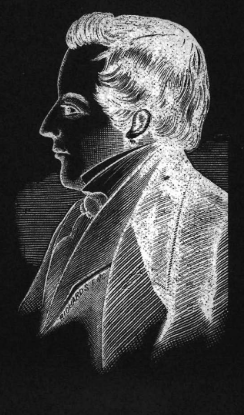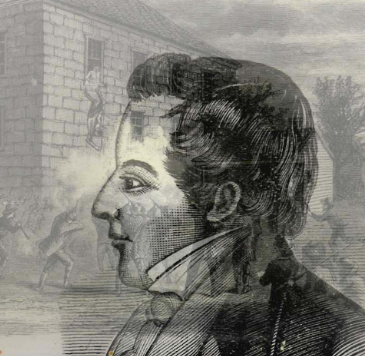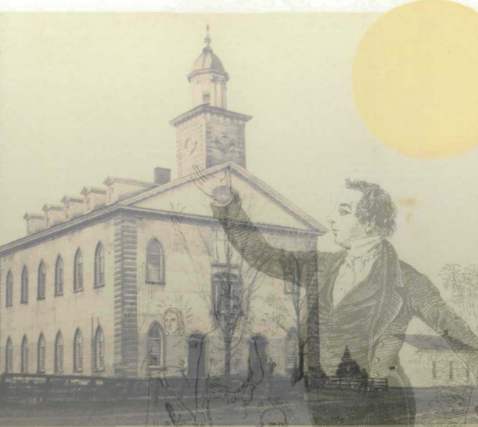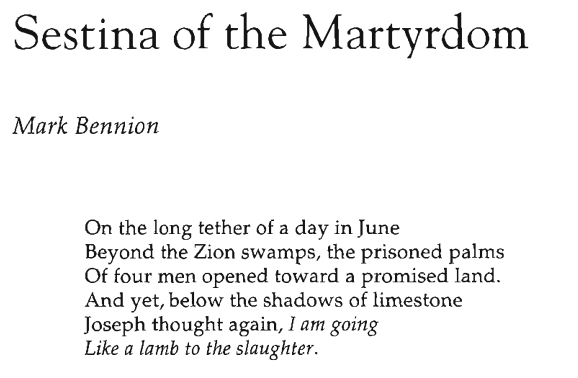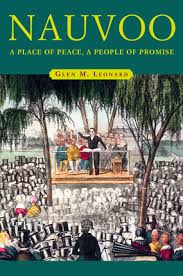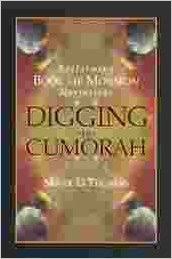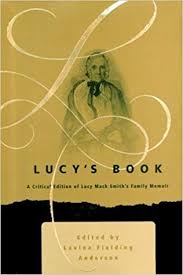This paper will examine the vision or purported vision of the angel Moroni to Joseph Smith on the night of 21-22 September 1823, announcing the location of the gold plates containing the Book of Mormon. The 1839 history of Joseph Smith contains by far the most detailed description of the vision, but there are details in this account which could not have occurred prior to 1834. The process used here (as in New Testament “form criticism”) will be to distinguish the original historic core of the visionary narrative and experience from later anachronistic redactions. Finally, if Joseph Smith did see what he claimed to see on that night, what does that represent—a dream, a representation of a being actually in his room, an altered state of sight, etc.?
Read more






